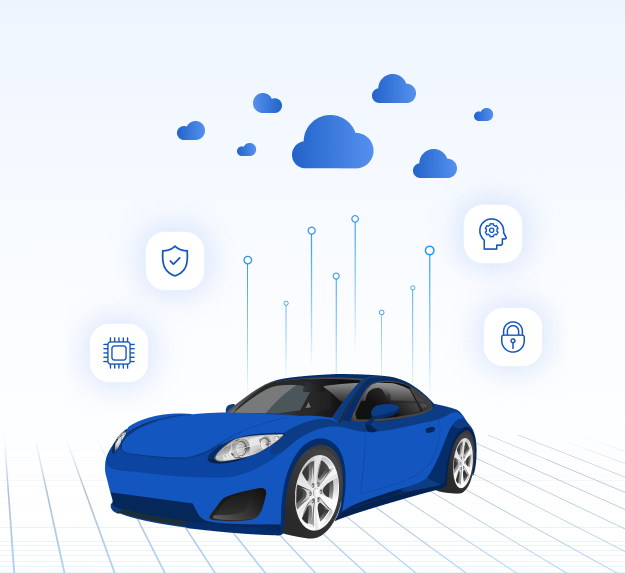As cars become increasingly connected and digitized, the scope of software that can be updated via Over-the-Air (OTA) technology continues to expand, offering a wide range of improvements and enhancements to vehicle functionality, performance, and safety. Let's delve into the various types of software that can be updated via OTA in cars:
- Infotainment Systems: One of the most common types of software updated via OTA in cars is the infotainment system software. This includes updates to the vehicle's multimedia interface, navigation system, audio controls, and connectivity features. OTA updates for infotainment systems often include improvements to user interface design, new features, enhanced compatibility with mobile devices, and bug fixes.
- Vehicle Control Systems: OTA cars updates can also be used to update software related to vehicle control systems, such as the engine control unit (ECU), transmission control unit (TCU), and electronic stability control (ESC) systems. These updates may include performance optimizations, calibration adjustments, and enhancements to fuel efficiency, emissions control, and drivability.
- Advanced Driver Assistance Systems (ADAS): Many modern vehicles are equipped with advanced driver assistance systems (ADAS), such as adaptive cruise control, lane departure warning, and automatic emergency braking. OTA updates can be used to improve the performance, reliability, and functionality of these systems by delivering new algorithms, sensor calibrations, and safety features.
- Telematics and Connectivity: OTA updates are essential for maintaining the functionality and security of telematics and connectivity features in cars, such as remote vehicle monitoring, vehicle tracking, and emergency assistance services. These updates may include enhancements to data transmission protocols, security patches, and integration with third-party services.
- Vehicle Firmware and Operating Systems: OTA updates can also be used to update the firmware and operating systems of various onboard components and systems, such as the engine management system, powertrain control module (PCM), and vehicle gateway module. These updates may include performance improvements, bug fixes, and security enhancements to ensure the reliability and stability of the vehicle's software infrastructure.
- Battery Management Systems (BMS): In the case of electric and hybrid vehicles, OTA updates are crucial for updating the software of the battery management system (BMS). These updates may include optimizations to battery charging algorithms, thermal management strategies, and battery health monitoring capabilities to maximize the performance, lifespan, and safety of the vehicle's battery pack.
- Over-the-Air Recalls and Safety Updates: OTA technology enables car manufacturers to remotely deploy safety recalls and software updates to address potential defects or safety issues in vehicles. This ensures that safety-critical software can be updated promptly and efficiently, minimizing the risk of accidents or injuries due to software-related issues.
In summary, the types of software that can be updated via OTA in cars are diverse and encompass a wide range of onboard systems and components. From infotainment systems and vehicle control systems to ADAS, telematics, and battery management systems, OTA updates play a crucial role in maintaining the functionality, performance, and safety of modern vehicles in an increasingly connected world.
